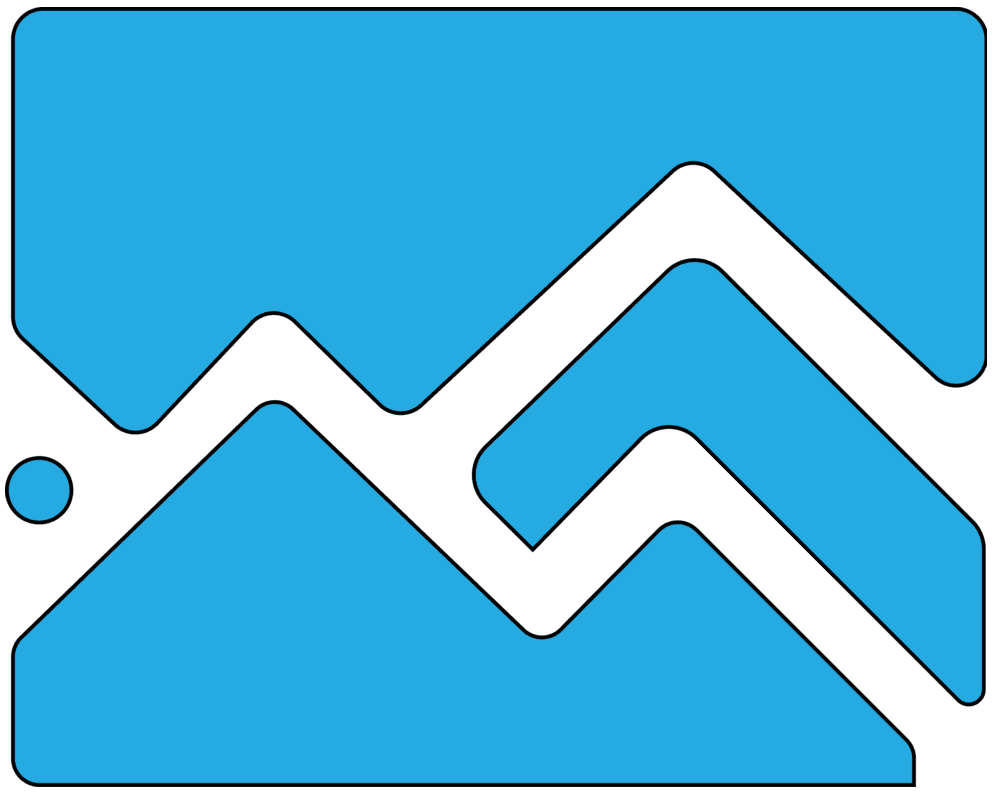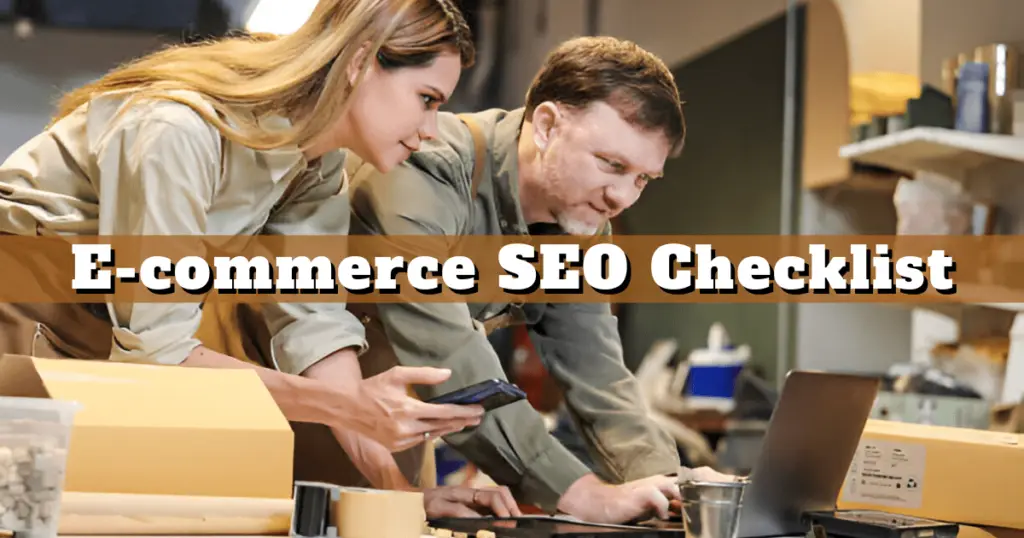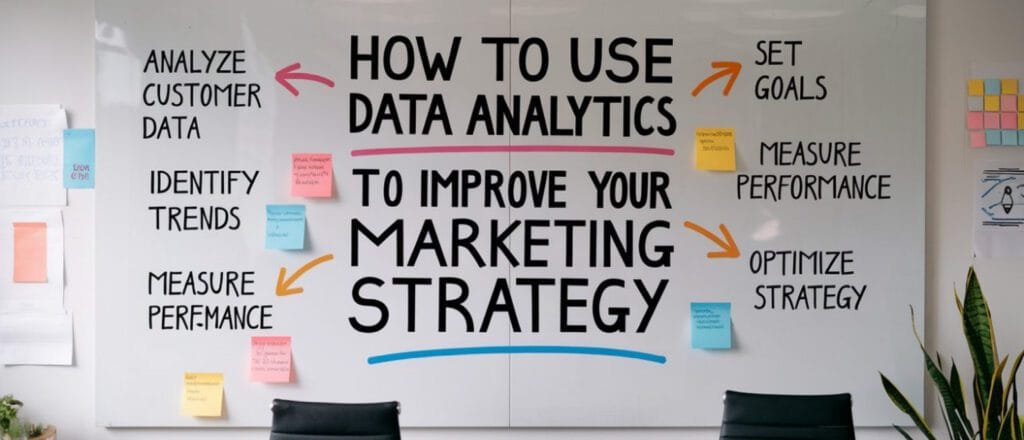In the hyper-competitive world of e-commerce, visibility is everything. With millions of online stores vying for customer attention, your website’s search engine optimization (SEO) can make the difference between thriving and barely surviving. This comprehensive guide will walk you through a meticulous on-page SEO strategy designed to elevate your e-commerce website’s search rankings and drive meaningful organic traffic.
Why On-Page SEO Matters for E-commerce
Before diving into the tactics, let’s understand the stakes:
- 49% of marketers believe organic search has the best ROI of any marketing channel
- 93% of online experiences begin with a search engine
- The first page of Google captures 91% of search traffic
Simply put, if your e-commerce site isn’t optimized for search, you’re leaving money on the table.
I. Mastering Keyword Research and Targeting
A. Keyword Research Fundamentals
Effective keyword research is the foundation of any successful SEO strategy. Here’s how to approach it:
Tools of the Trade
- Ahrefs: Comprehensive keyword research and competitor analysis
- SEMrush: In-depth keyword insights and difficulty scoring
- Google Keyword Planner: Free tool for initial keyword discovery
Key Keyword Selection Criteria
- Search Volume
- Keyword Difficulty
- Commercial Intent
- Relevance to Your Products
B. Strategic Keyword Approach
🎯 Keyword Classification
- Commercial Keywords: “buy leather boots online”
- Transactional Keywords: “best running shoes with arch support”
- Informational Keywords: “how to choose running shoes”
Pro Tip: Focus on long-tail keywords with lower competition but higher conversion potential.
II. Technical SEO Foundation
A. URL Structure Optimization
Your URLs are more than just web addresses—they’re critical SEO elements.
Best Practices:
- Keep URLs short and descriptive
- Use hyphens (-) to separate words
- Include primary keywords
- Avoid unnecessary parameters
Good URL Example: www.yourstore.com/mens-leather-boots-waterproof
Bad URL Example: www.yourstore.com/product?id=123&cat=456
B. Crafting Compelling Title Tags and Meta Descriptions
Title Tag Guidelines
- Length: 60-70 characters
- Structure: Primary Keyword | Brand Name
- Example: “Waterproof Leather Boots | Adventure Footwear Co.”
Meta Description Best Practices
- Length: 150-160 characters
- Include: Value proposition, call-to-action
- Example: “Discover premium waterproof leather boots designed for outdoor enthusiasts. Free shipping, 30-day guarantee. Shop now!”
III. Content Optimization Strategies
A. Mastering Header Tag Hierarchy
Proper Header Structure:
- H1: Page/Product Title (ONE per page)
- H2: Major Sections
- H3: Subsections
- H4: Detailed Points
Keyword Integration Tips
- Use headers to naturally include target keywords
- Maintain readability and user experience
- Avoid keyword stuffing
B. Product Page Content Excellence
Content Elements:
- Unique Product Descriptions
- Clear Feature Bullets
- Technical Specifications
- Social Proof (Reviews)
- FAQs
Optimization Strategies:
- Write 300+ words of unique content
- Address customer pain points
- Use conversational, benefit-driven language
IV. Media and Technical Optimization
A. Image SEO Techniques
Filename Optimization:
- Use descriptive, keyword-rich names
- Separate words with hyphens
- Example: mens-waterproof-leather-boots-side-view.jpg
Alt Text Best Practices:
- Describe image content
- Include target keywords naturally
- Keep it concise (125 characters)
Performance Optimization:
- Compress images (TinyPNG, ShortPixel)
- Use next-gen formats (WebP)
- Implement lazy loading
B. Page Speed and Performance
Key Performance Metrics:
- Mobile responsiveness
- Loading speed
- Minimal server response time
Optimization Checklist:
- Use Google PageSpeed Insights
- Enable browser caching
- Minify CSS and JavaScript
- Implement a Content Delivery Network (CDN)
V. Advanced SEO Techniques
A. Structured Data and Schema Markup
Essential Schema Types:
- Product Schema
- Review Schema
- Price Schema
- Availability Schema
Implementation Benefits:
- Rich search results
- Increased click-through rates
- Enhanced visibility
B. Strategic Internal Linking
Linking Strategies:
- Create breadcrumb navigation
- Link to related products
- Develop category hierarchies
- Use descriptive anchor text
VI. Trust and Conversion Optimization
A. Credibility Signals
Trust-Building Elements:
- SSL Certificate
- Security Badges
- Clear Return Policy
- Customer Support Information
- Secure Checkout Indicators
B. Content Integrity
Duplicate Content Prevention:
- Use canonical tags
- Create unique product descriptions
- Manage product variations carefully
VII. Social and Sharing Optimization
Social Sharing Optimization:
- Add social sharing buttons
- Implement Open Graph tags
- Create shareable product images
- Encourage user-generated content
VIII. Continuous Monitoring and Improvement
Performance Tracking Tools
Monthly Audit Checklist:
- Check keyword rankings
- Analyze traffic sources
- Review conversion rates
- Identify optimization opportunities
Conclusion: Your SEO Journey Starts Now
On-page SEO is not a one-time task but an ongoing process. By implementing these strategies consistently, you’ll create a robust foundation for long-term organic growth.
Quick Wins to Start Today:
- Audit your current product pages
- Optimize 3-5 key pages
- Implement schema markup
- Improve page speed
- Create unique content
Remember, SEO is a marathon, not a sprint. Small, consistent improvements compound over time, leading to significant traffic and revenue growth.
Bonus Pro Tips
- Optimize for voice search
- Stay updated on algorithm changes
- Prioritize user experience
- Continuously test and iterate
Maximize Your Online Success with PEAKONTECH! Get expert SEO strategies & dominate search rankings today. Let’s grow your business!

PEAKONTECH is a data-driven digital marketing agency offering full-stack services including SEO, paid ads, web design, CRO, and e-commerce development. From Shopify to WordPress, and from social media to automation — our team helps brands grow smarter and scale faster across every digital touchpoint.



